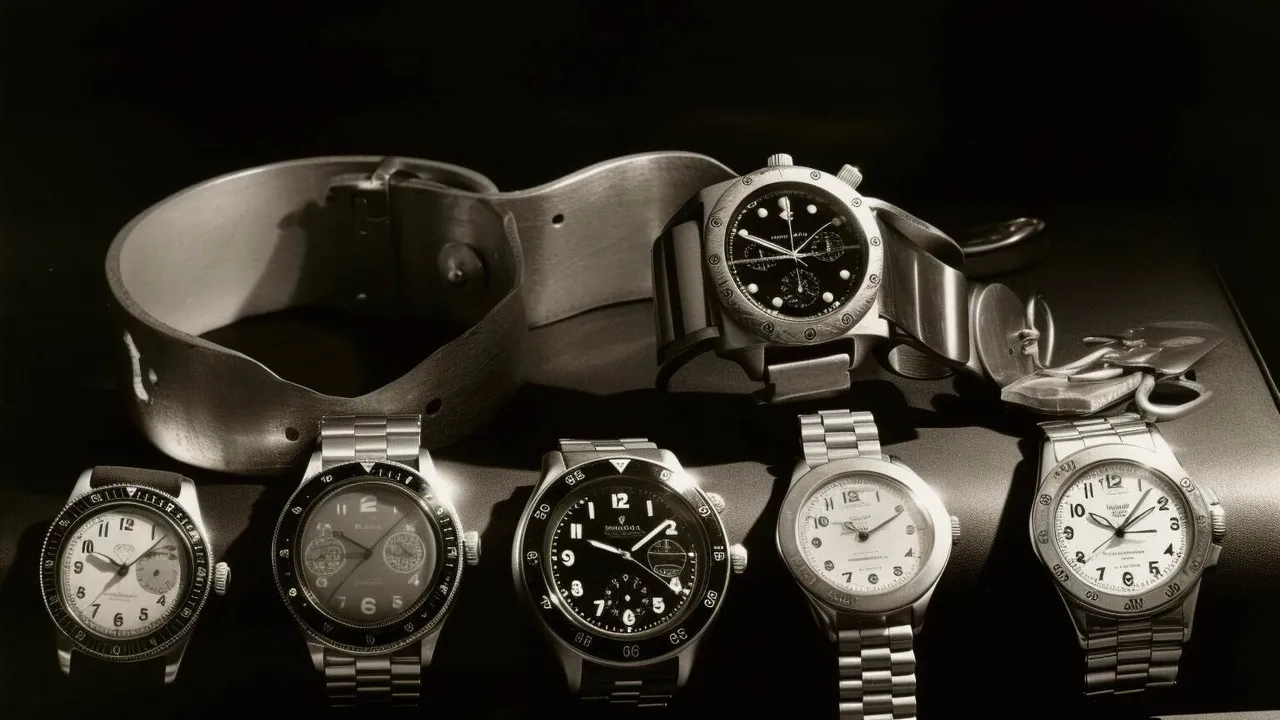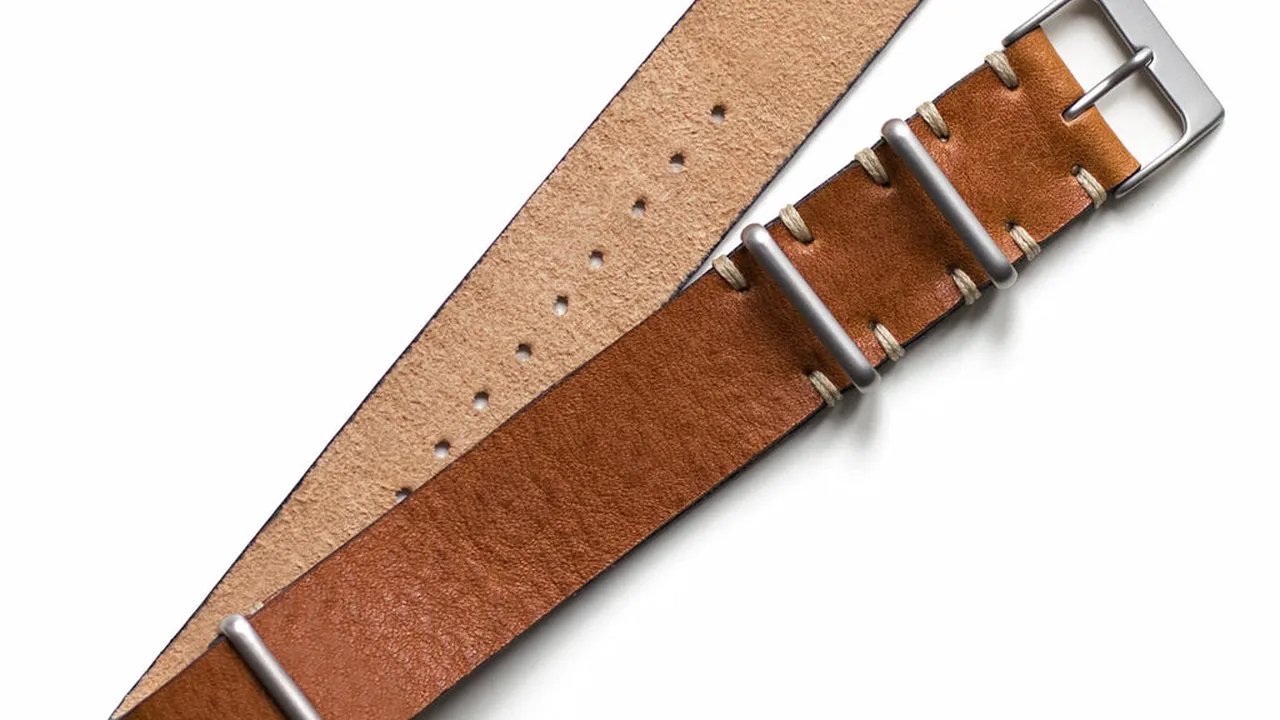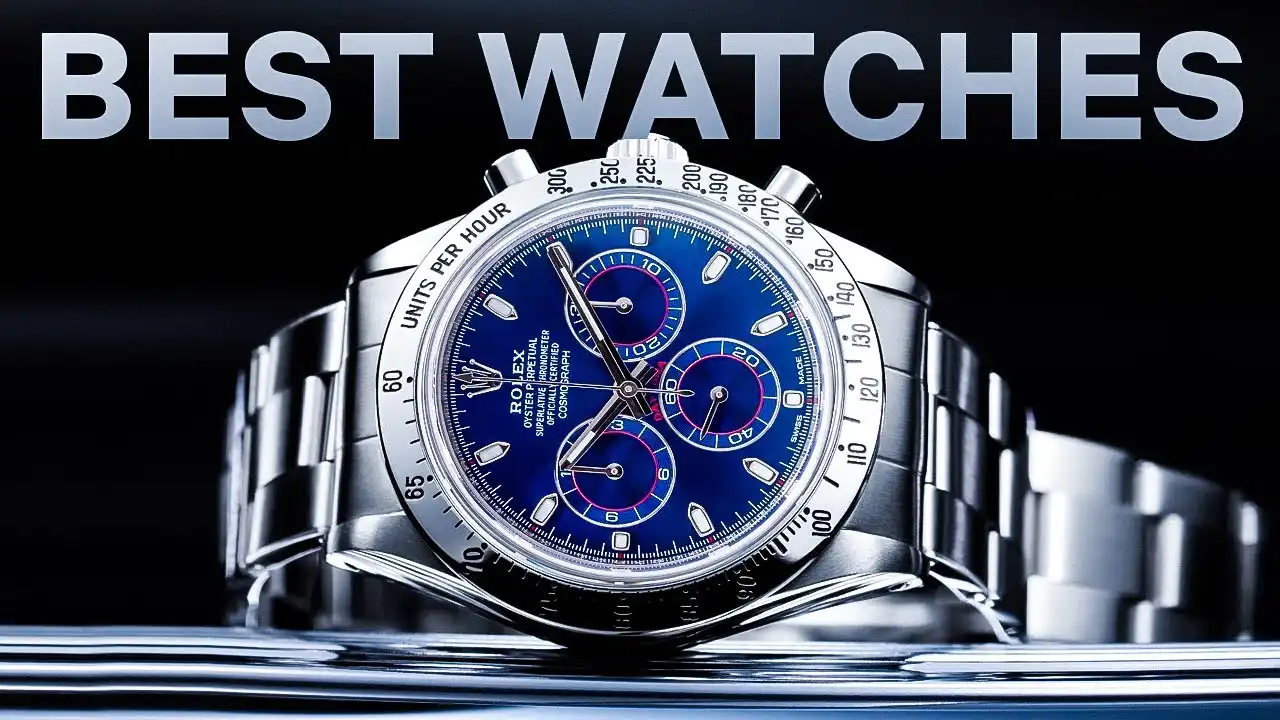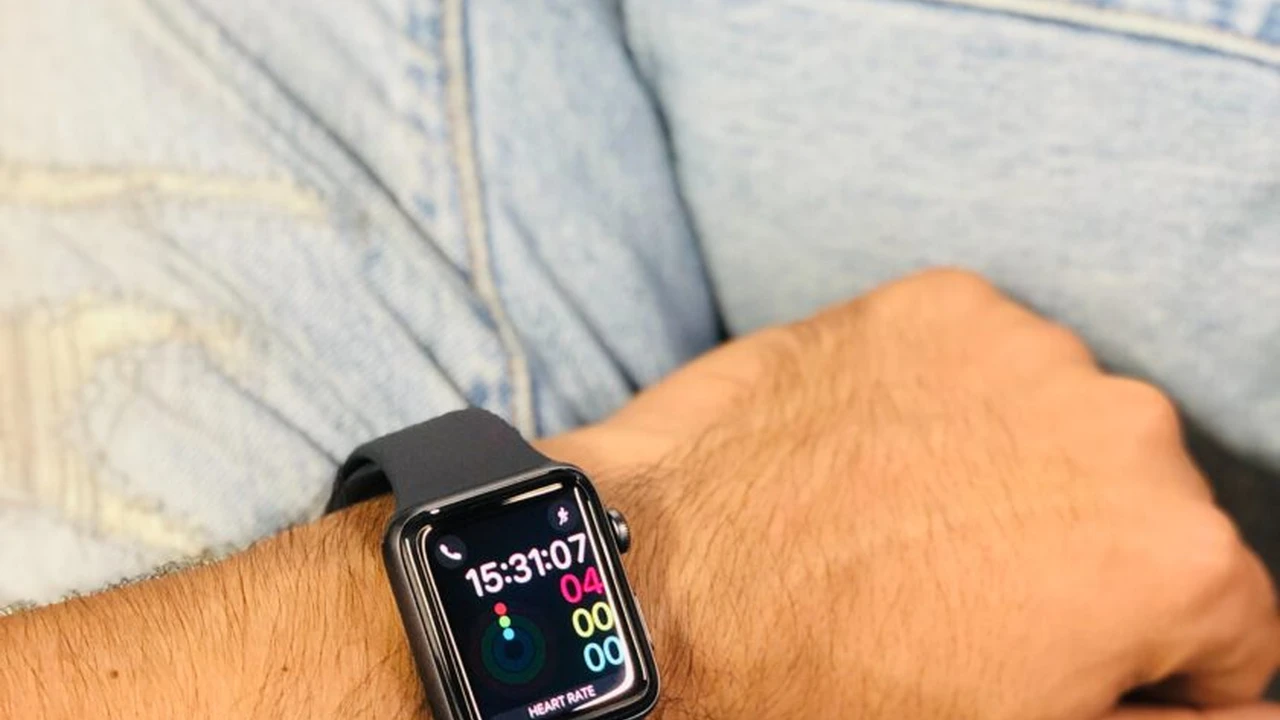Rolex: A History of Luxury and Innovation
Explore the history of Rolex, a leading luxury watch brand. Learn about their innovations, iconic models, and enduring legacy.

The Genesis of an Icon: Rolex's Early Years and Innovations
Rolex, a name synonymous with luxury and precision, didn't start out as the global powerhouse it is today. Founded in London in 1905 by Hans Wilsdorf and Alfred Davis as Wilsdorf and Davis, the company initially focused on importing Swiss movements to England and placing them in quality watch cases. Wilsdorf had a vision: wristwatches, still a relatively new and often unreliable invention, could be accurate and elegant. This vision led to several key innovations. Rolex moved to Geneva, Switzerland, in 1919. One of the most important early innovations was the creation of a hermetically sealed case, which protected the movement from dust and moisture. This led to the development of the Oyster case in 1926, a landmark achievement in watchmaking history. The Oyster was famously tested when Mercedes Gleitze swam the English Channel wearing a Rolex Oyster, proving its waterproof capabilities and cementing Rolex's reputation for durability and reliability.
The Oyster Perpetual: A Revolution in Automatic Winding
Another significant breakthrough came in 1931 with the invention of the Perpetual rotor. This ingenious mechanism allowed the watch to wind automatically using the motion of the wearer's wrist, eliminating the need for manual winding. The Oyster Perpetual combined the waterproof Oyster case with the self-winding Perpetual movement, creating a watch that was both practical and robust. This innovation set a new standard for automatic watches and solidified Rolex's position as a leader in the industry.
Iconic Rolex Models: A Closer Look at the Submariner, Datejust, and Day-Date
Rolex has produced numerous iconic models throughout its history, each with its own unique story and appeal. Let's take a look at three of the most recognizable:
The Rolex Submariner: The Ultimate Dive Watch
Introduced in 1953, the Submariner is arguably the most famous dive watch in the world. Designed for professional divers, it features a robust case, a unidirectional rotating bezel for tracking dive time, and a highly legible dial. The Submariner has been continuously updated and improved over the years, but its core design remains instantly recognizable. It's not just a tool watch; it's also a style icon, frequently seen on the wrists of celebrities and collectors alike. The Submariner typically retails starting around $9,000 USD, depending on the specific model and materials.
The Rolex Datejust: Timeless Elegance and Functionality
The Datejust, launched in 1945, was the first self-winding wristwatch to display the date in a window on the dial. This simple yet elegant feature quickly became a hallmark of the Datejust, and it remains one of Rolex's most popular models. The Datejust is known for its versatility, available in a wide range of materials, sizes, and dial colors. It's a watch that can be worn for any occasion, from casual to formal. The iconic Jubilee bracelet, specifically designed for the Datejust, adds to its distinctive charm. You can expect to pay upwards of $7,500 USD for a Datejust.
The Rolex Day-Date: The President's Watch
The Day-Date, introduced in 1956, was the first wristwatch to display both the date and the day of the week spelled out in full in windows on the dial. Made exclusively in precious metals (gold or platinum), the Day-Date is considered Rolex's most prestigious model. It's often referred to as the 'President's Watch' because it has been worn by numerous world leaders and influential figures. The Day-Date is a symbol of success and achievement. Prices for the Day-Date generally start around $38,000 USD.
Rolex Movements: Precision and Reliability
Rolex is renowned for its in-house movements, which are known for their precision, reliability, and durability. All Rolex movements are COSC-certified (Contrôle Officiel Suisse des Chronomètres), meaning they have undergone rigorous testing and meet strict accuracy standards. Rolex movements are also designed for longevity, with robust construction and meticulous finishing. The company continually invests in research and development to improve its movements, incorporating new technologies and materials to enhance their performance. For example, the use of the Parachrom hairspring, made from a paramagnetic alloy, makes the movement more resistant to magnetic fields and temperature variations.
Rolex and its Marketing Prowess
Beyond the technical achievements, Rolex’s marketing strategies have played a significant role in establishing the brand as a symbol of success. From partnering with explorers and athletes to sponsoring major sporting events like Wimbledon and Formula 1, Rolex has consistently associated itself with excellence and achievement. These strategic partnerships have helped to reinforce the brand’s image as a premium and aspirational product.
Comparing Rolex to Other Luxury Watch Brands: A Quick Overview
While Rolex stands out, it's useful to compare it to other luxury brands. Here's a brief look at how Rolex stacks up against some key competitors:
- Rolex vs. Omega: Both are Swiss giants. Omega is known for its innovative materials and connection to space exploration (the Speedmaster was the first watch on the moon). Rolex often holds its value better and is seen as a slightly more conservative choice.
- Rolex vs. Patek Philippe: Patek Philippe is considered by many to be the pinnacle of luxury watchmaking. Their watches are more complex, often featuring intricate complications. They are also significantly more expensive than Rolex. Rolex is more about robust functionality and iconic design.
- Rolex vs. Audemars Piguet: Audemars Piguet is famous for the Royal Oak, a groundbreaking luxury sports watch. AP tends to be more avant-garde in its designs compared to Rolex's classic aesthetic.
Rolex Today: Continuing the Legacy of Excellence
Today, Rolex remains a privately owned company, committed to its founding principles of quality, innovation, and independence. The brand continues to produce exceptional watches that are prized by collectors and enthusiasts around the world. Rolex's enduring legacy is a testament to its unwavering dedication to excellence and its ability to adapt to changing times while staying true to its core values.
:max_bytes(150000):strip_icc()/277019-baked-pork-chops-with-cream-of-mushroom-soup-DDMFS-beauty-4x3-BG-7505-5762b731cf30447d9cbbbbbf387beafa.jpg)






